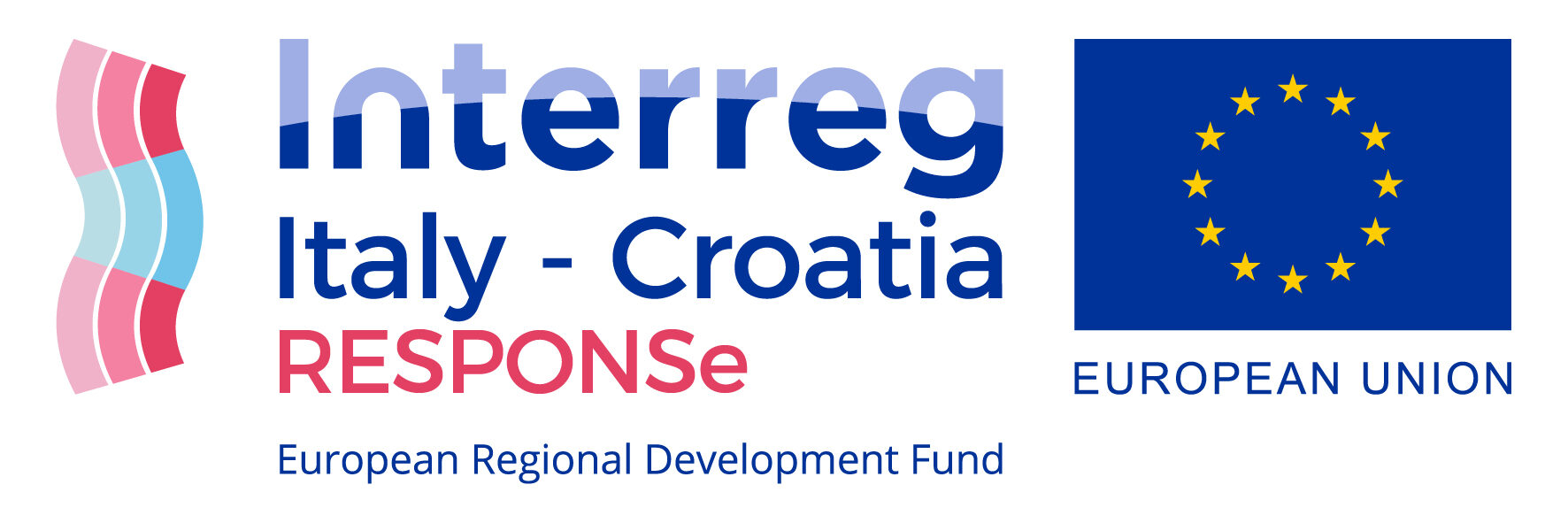Climate actions
Shift towards new genetic strains and management of practices more suitable to changed conditions. Changes in cultured species and/or different genetic strains can contribute to reduce vulnerability of the sector to climate change, shifting towards more climate resilient organisms that grow better under changed conditions. For example, saline intrusions and storm surges will favour the farming of brackish water and euryhaline species, while high water temperatures and turbidity could favour species that tolerate low dissolved oxygen levels. Other examples include recirculating aquaculture systems, integrated multitrophic aquaculture and offshore aquaculture providing additional opportunities for using new species or strains in aquaculture. Risk-based zoning and siting of aquaculture, including risks from climate variability and change, can support diversification whenever new areas for production are in the process of being explored, avoiding economic losses from choices that do not properly take into account all concerns and risks. The cost of developing techniques for breeding new species and the time it takes to bring these species to market have significant constraints, as well as legislative and management restrictions, which hinder change and flexibility.
Diversification of aquaculture systems
Objective
Change in the production activity responding to changes in the environmental state of the marine system driven by climate and other challenges.
Description
Expected results
Diversification of actions respecting the conservation of fish stocks and marine resources, fostering the transition to new business models.
Result indicators
Number of production areas with risk assessment.
Number of commercial fish species.
Involved actors
Aquaculture operators, especially clustered in cooperative associations are the main actors for diversification that can also benefit from other commercial business (processing industry, marketing organisations) and from consumers associations to achieve mutually agreed goals; public authorities.
Expected timeline for action
Best practices
Criticalities
Scope of the action
Type of proposed actions
Sector of action
Climate impacts
Implementation scale
